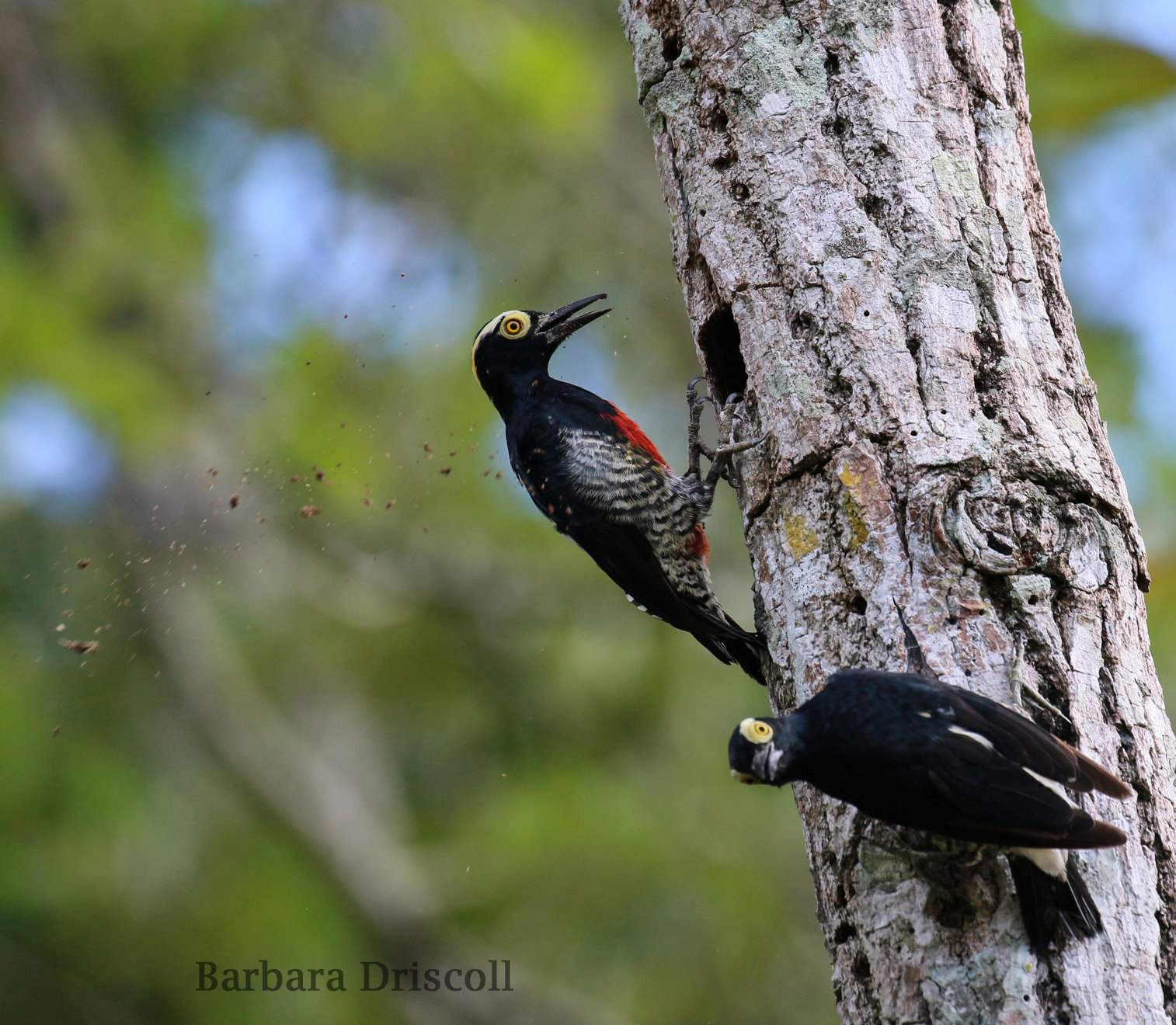The Birds and the Bees
Barbara Driscoll
Amateur photographer from Chapel Hill, North Carolina
Up until quite recently, I didn’t have an Instagram account. But when I found Barbara Driscoll’s profile (from her hummingbird photo in Nature’s Best Photography, seen at large scale below), I had to join up so I could follow her. Scrolling through her feed is a delight for anyone who loves bright colors and tiny, fascinating creatures.
Barbara got started on her photography path on hiking trips when she was younger, then stopped for a while, and then came back to it when she and her husband started traveling around the world to see birds. At that point, film photography was common. Barbara found it frustrating to wait for weeks to see if her photos turned out or not. Needless to say, she was one of the first to join the digital photography revolution. “I remember thinking, ‘Wow, I can actually see how bad my photos are!’” she jokes. She loves the instant feedback that digital cameras offer, which has allowed her to improve steadily. Now she’s focused on just getting that better shot.
But there’s more to her photography than just pretty pictures. For Barbara, a connection with nature is crucial for healing, rejuvenation, and stress relief. She talks about needing to spend at least a little bit of time outdoors every day for her own well-being, but also about how bringing nature to others can help them with their health. She even has a photography exhibition focusing on the healing abilities of nature at Duke University Hospital in Durham, North Carolina.
The flip side of this is that she’s witnessed species disappearing through her photography, and it has her worried. “I see biodiversity loss,” she says. “I see it in the decline of birds we used to see when we moved here. There used to be a wood thrush that would call in our backyard every year, and it would mate around here, and now there aren’t any.” Barbara and her husband participate in bird counts and butterfly counts too, and they’ve seen numbers drop year after year. She worries particularly about pesticide use, and how it affects native insects, especially bees.
Barbara often talks about how she’s motivated by color in her photography, which is why she loves photographing hummingbirds and butterflies. More recently, she’s turned her attention to the less flashy native bees. Every morning, she goes out with her camera and checks her plants, and often finds new bees and other things that she had no idea existed before. She tells me, ““It’s interesting to observe wildlife through a camera… I think it just makes you more observant about a lot of other things in your life.” So although Barbara likes traveling to cool, exotic places to see birds and other wildlife, she also knows that we can find a huge amount of diverse life right around our homes, whether it’s bees or butterflies or something else.
Photographing bees has also has made her pay more attention to the sorts of plants that people grow in their yards. She’s working on some local conservation projects to try to encourage people to grow native plants, teaching them that it’s not just about having a pretty garden, it’s about what that garden provides for the local wildlife and the environment. She explains, “I feel very strongly that we need to try and get back to having more native plants in our yards, and maintaining the forest and the diversity that we have as far as vegetation, because without that plant base you’re not going to have the insects, and without the insects you’re not going to have the birds or the other animals that are out there, so it’s all very interconnected.” Barbara ought to know – she worked for the EPA (Environmental Protection Agency) for 27 years.
Planting a native garden is also a great way for people to make a difference and help support local wildlife. Barbara acknowledges that sometimes things look hopeless – there are seemingly infinite environmental problems, species are disappearing, and it often seems like there’s not much you can do about it. “But you can do something about your own yard. That’s someplace where you can have an impact that, I think with enough people combined, can be something meaningful.” And of course, you can take photos too – she adds, “I think it's important for photographers to be documenting what’s out there.”
When I asked Barbara (again, a former EPA employee) why biodiversity matters to her, to summarize all of this, I half expected a technical spiel about ecosystem services or natural cycles or something like that. Instead, she gave me a very simple and powerful answer, which reflects the variety and beauty found on her Instagram. A true nature photographer’s passion for biodiversity: “Well, I mean, what would life be if everything was an English house sparrow, you know? If everything looked the same, how boring would that be?!”
Quick Facts about Barbara
Favorite places to take photos: Her own yard, and the local botanical gardens.
Favorite photo subjects: Hummingbirds (“They’re just like little jewels that fly around!”), bees, butterflies, and other things that are bright and colorful.
What’s next for Barbara: Photographing kingfishers and bee-eaters in Indonesia, encouraging people to conserve land and grow native plants in their backyards, and just taking as good a photograph as she can.
Where you can find her online: On Instagram at bdriscoll200
Barbara’s Photography Tips
First and foremost, understand how your equipment works.
If you’re photographing hummingbirds or fast-moving insects, you’ll need a really fast shutter speed so your photos don’t come out blurry.
Join a camera club, or go on a photography tour! Talk with other photographers and get feedback from them about your photos.
Pay close attention to the plants in your backyard or in your neighborhood – you might find things you’ve never seen before!







